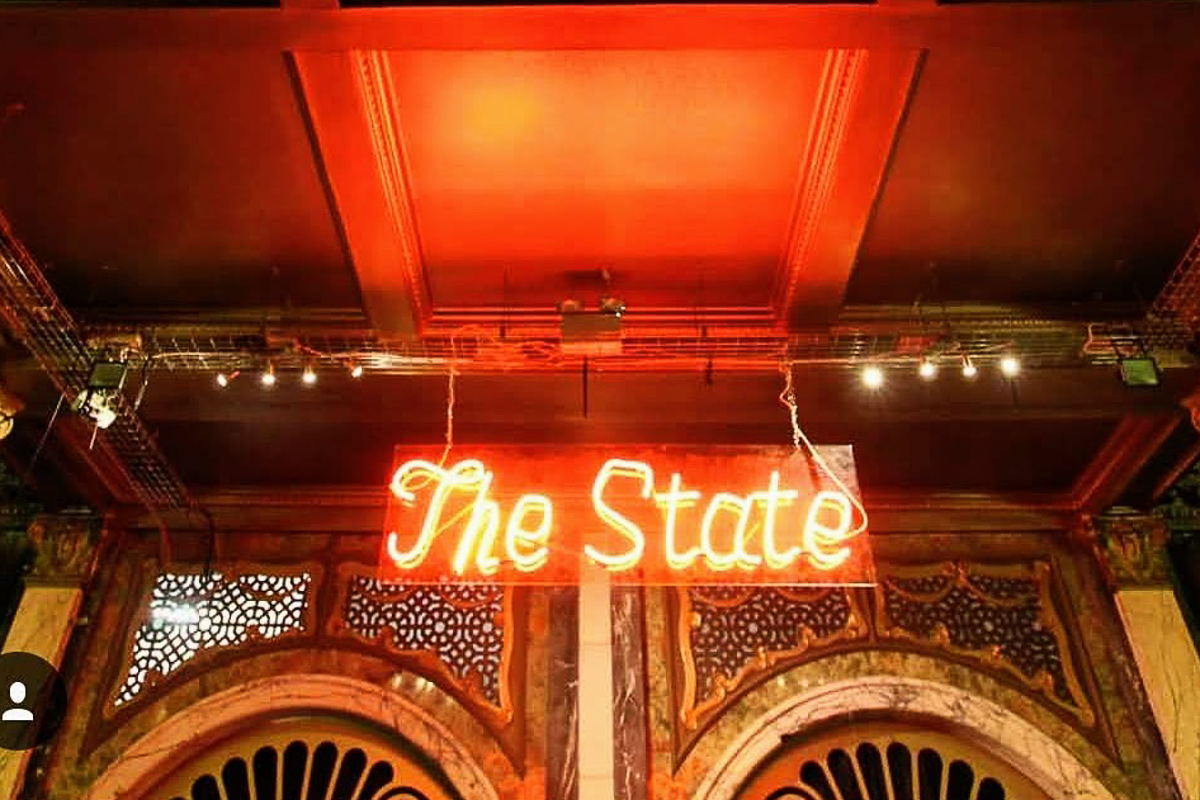The State Nightclub, Liverpool: A Retrospective of a Cultural Icon
Introduction
Nestled on Dale Street in the heart of Liverpool, The State Nightclub stands as a testament to the city’s rich musical heritage. From its inception in the early 20th century to its transformation into a vibrant nightclub in the 1980s, The State has been a cornerstone of Liverpool’s entertainment scene. This blog post delves into the history, cultural significance, and enduring legacy of The State Nightclub.
Origins: A Grand Ballroom
The building that would become The State Nightclub was constructed in 1906 to a design by architect Walter Aubrey Thomas, who also designed the Royal Liver Building. Originally known as the State Insurance Building, the structure was a grand example of Gothic Revival architecture. Its elaborate interior featured ornate detailing, including mosaic floors and a gold-painted ceiling, reflecting the opulence of the early 20th century.
In the 1920s and 1930s, the ground floor of the building was used as a popular dance hall and venue. This period marked the beginning of the building’s association with music and entertainment, setting the stage for its future transformation into a nightclub.
The 1980s: The Birth of The State Nightclub
After years of varied uses, including serving as a Debenhams department store, the building fell into disrepair. In the 1980s, a group of visionary entrepreneurs recognized the potential of the grand ballroom and set about transforming it into a nightclub. Their efforts culminated in the opening of The State Nightclub, which quickly became a focal point for Liverpool’s nightlife.
The club’s interior was preserved to maintain its historic charm, with the high ceilings and ornate details providing a unique atmosphere that set it apart from other venues. The State’s design allowed for a large dance floor, accommodating the growing number of club-goers eager to experience the vibrant nightlife.
The 1990s: A Hub for Dance Music
The 1990s saw The State Nightclub solidify its status as a premier destination for dance music enthusiasts. The club hosted a variety of themed nights, each catering to different musical tastes. From house and techno to drum and bass, The State offered a diverse range of sounds that attracted clubbers from all over the region.
Resident DJs played a pivotal role in shaping the club’s sound. Their seamless mixes and deep knowledge of dance music kept the crowd moving all night long. Over the years, many guest DJs graced the decks, further elevating the club’s reputation as a premier venue for electronic music.
Cultural Impact and Legacy
Beyond its role as a nightclub, The State became a cultural institution in Liverpool. It was a place where people from all walks of life could come together to enjoy music, dance, and community. The club’s inclusive atmosphere fostered a sense of belonging, making it a beloved venue for many.
The State’s influence extended beyond the dance floor. It played a significant role in shaping the local music scene, providing a platform for emerging artists and DJs to showcase their talents. The club’s legacy continues to be felt today, with many former patrons and performers reminiscing about the unforgettable nights spent within its walls.
Challenges and Closure
Despite its success, The State Nightclub faced challenges in its later years. Changing musical trends, increased competition, and evolving nightlife dynamics led to a decline in attendance. In 2005, the club closed its doors, marking the end of an era for Liverpool’s clubbing scene.
The closure left a void in the city’s nightlife. Many lamented the loss of a venue that had been synonymous with the golden age of dance music in Liverpool. However, the spirit of The State lived on in the memories of those who had experienced its magic.
Revival Efforts
In recent years, there have been efforts to revive The State Nightclub, driven by a desire to bring back the vibrant atmosphere that once defined Liverpool’s nightlife. These initiatives aim to restore the building and reopen it as a venue for live music and events, allowing new generations to experience the rich history and culture associated with The State.
Conclusion
The State Nightclub holds a special place in the hearts of many who experienced its unique blend of history, architecture, and music. From its origins as a grand ballroom to its transformation into a nightclub, The State has been a cornerstone of Liverpool’s entertainment scene. Its legacy continues to inspire and influence the city’s vibrant cultural landscape.
